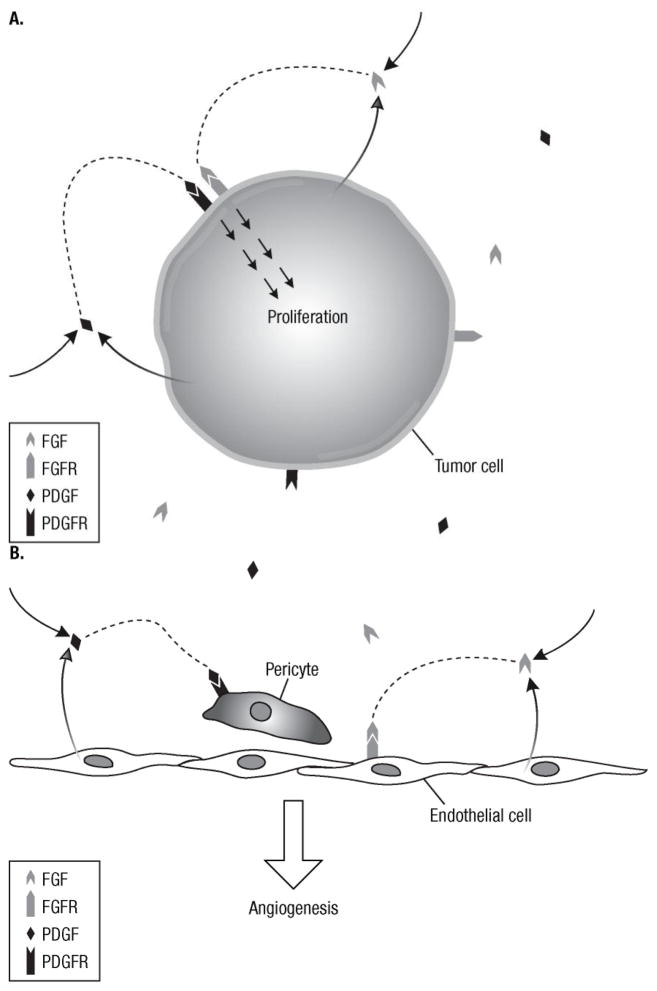Figure 1. Schematic of the potential roles of the FGFR and PDGFR pathways in tumor proliferation and angiogenesis.
Autocrine and paracrine signaling of the FGF and PDGF pathways may contribute to tumor proliferation (A) and angiogenesis (B). (A) Activation of FGFR and PDGFR from ligands expressed by tumor cells or other tissues results in stimulation of mitogenic downstream cascades. (B) Similarly, PDGF secreted from endothelial cells may recruit pericytes necessary for angiogenesis through paracrine signaling. In addition, activation of FGFR on endothelial cells results in cellular proliferation and increased angiogenesis.
FGF, fibroblast growth factor; FGFR, fibroblast growth factor receptor; PDGF, platelet-derived growth factor; PDGFR, platelet-derived growth factor receptor.

